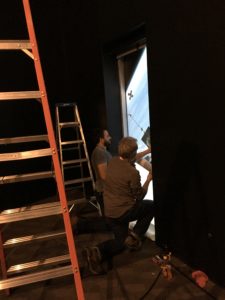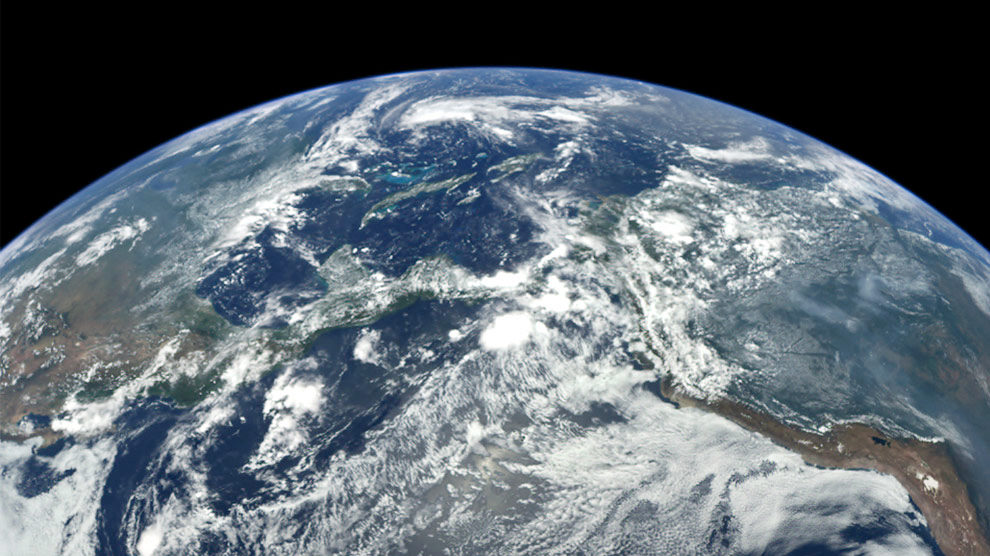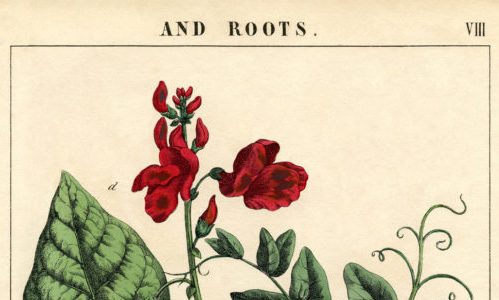Visiting a new exhibit at a museum can be a moment of perfection. Freshly painted walls, meticulously hung pieces, descriptive text, and targeted lighting all combine to create an experience that takes the viewer to a new place and offers a fresh perspective on the world.
But believe us when we say that getting there is quite a journey!
Here are a few pictures of the assembly process going on right now at FCMoD for the upcoming exhibit Earth from Space, opening November 18.

This exhibit – part of the Smithsonian Institution Traveling Exhibition Service (SITES) – features spectacular satellite imagery collected over the past 30 years which allows us to observe oceans, mountains, land surfaces, and human activity with a unique perspective. Rare views of events such as dust storms, forest fires, volcanic eruptions, and hurricanes are accompanied by text that explains how satellite imagery is gathered and utilized. Included in the exhibit is a digital video globe that displays global processes such as ocean temperature and weather patterns.

Come see Earth from Space, at the Fort Collins Museum of Discovery, opening November 18.



